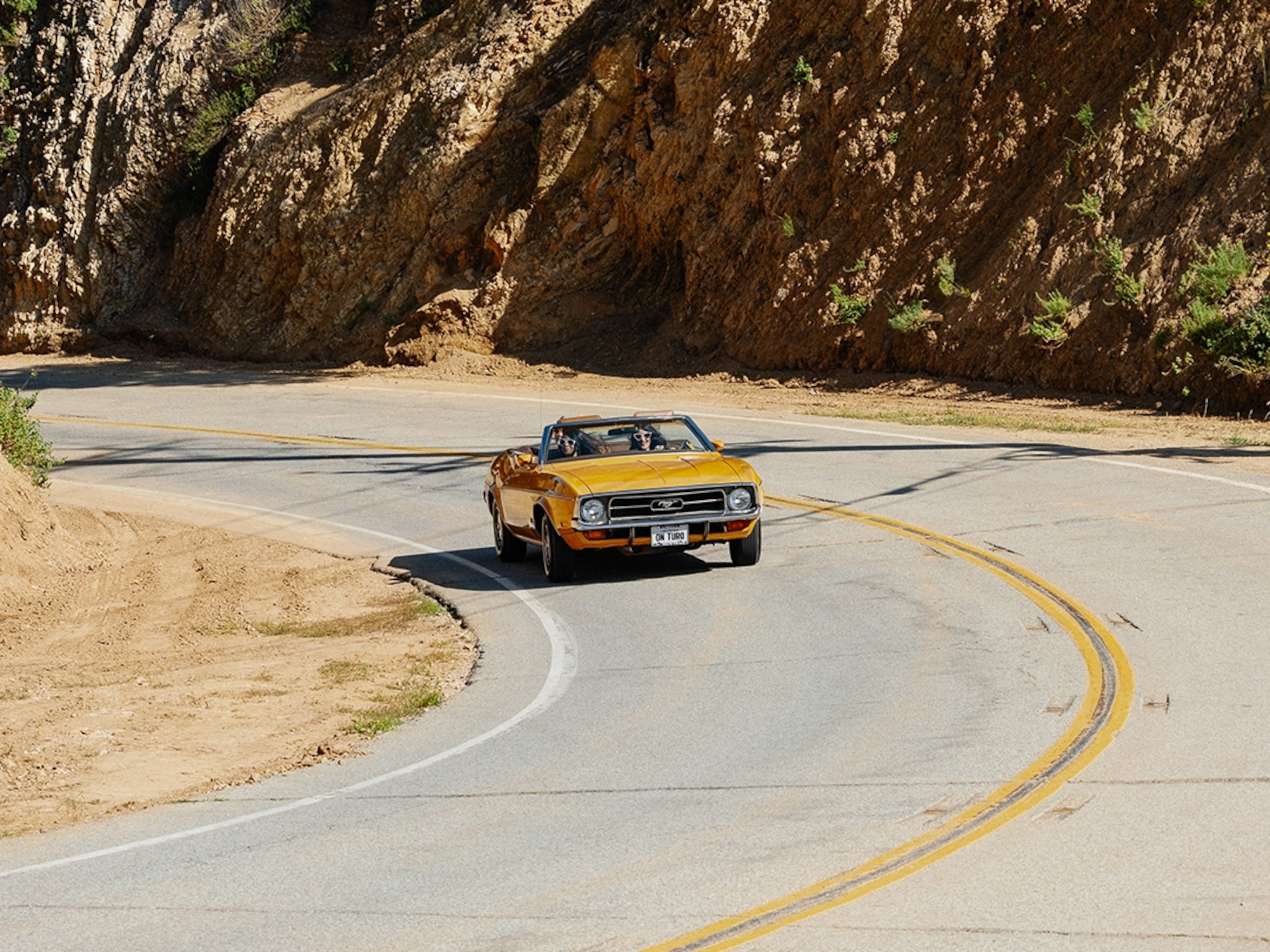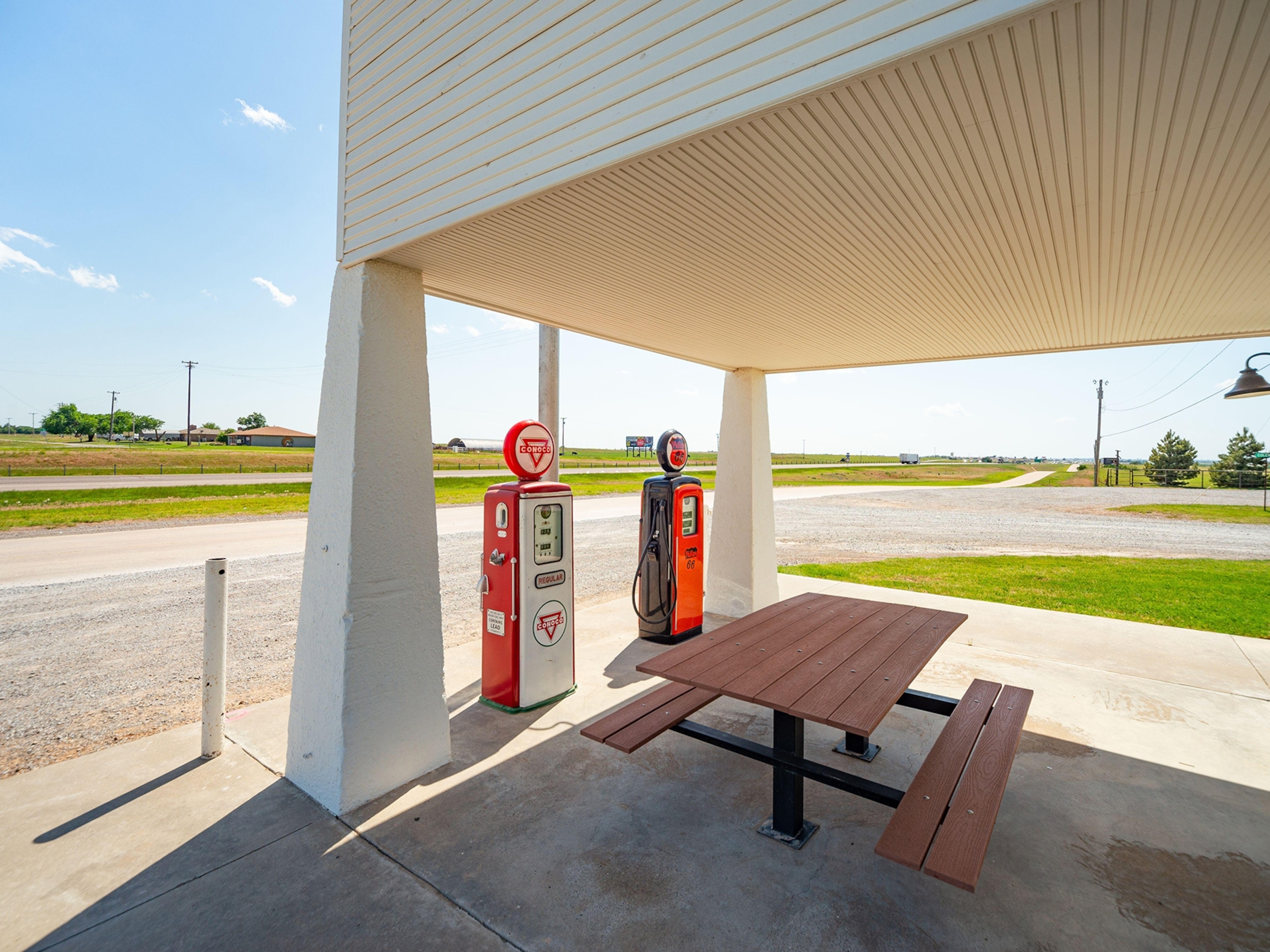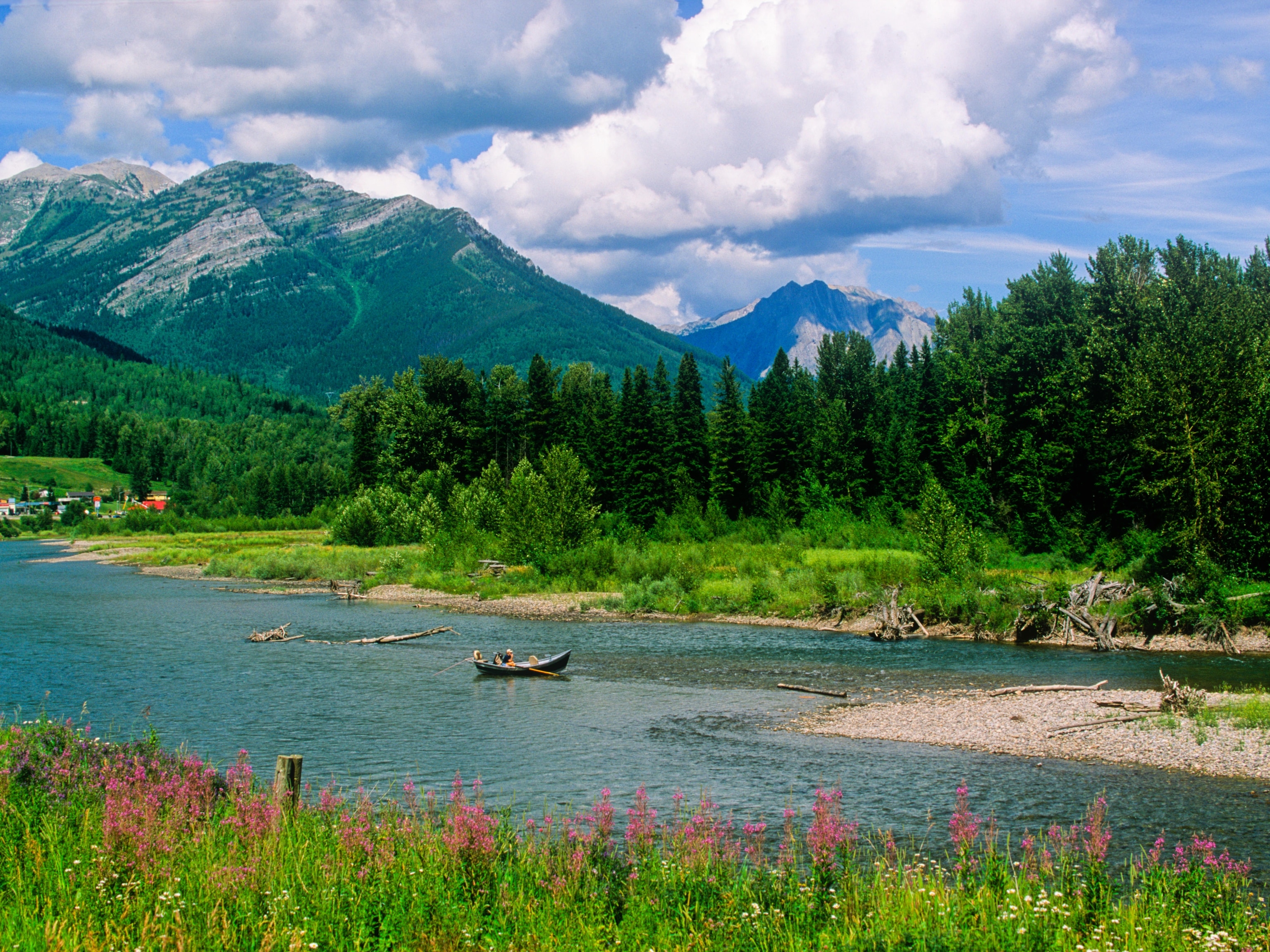They Walk on the Roadside. He Stops to Ask Why.
While on a family road trip across India, photographer Matthieu Paley became intrigued by the people he saw walking along the side of the highway, and stopped to hear their stories.
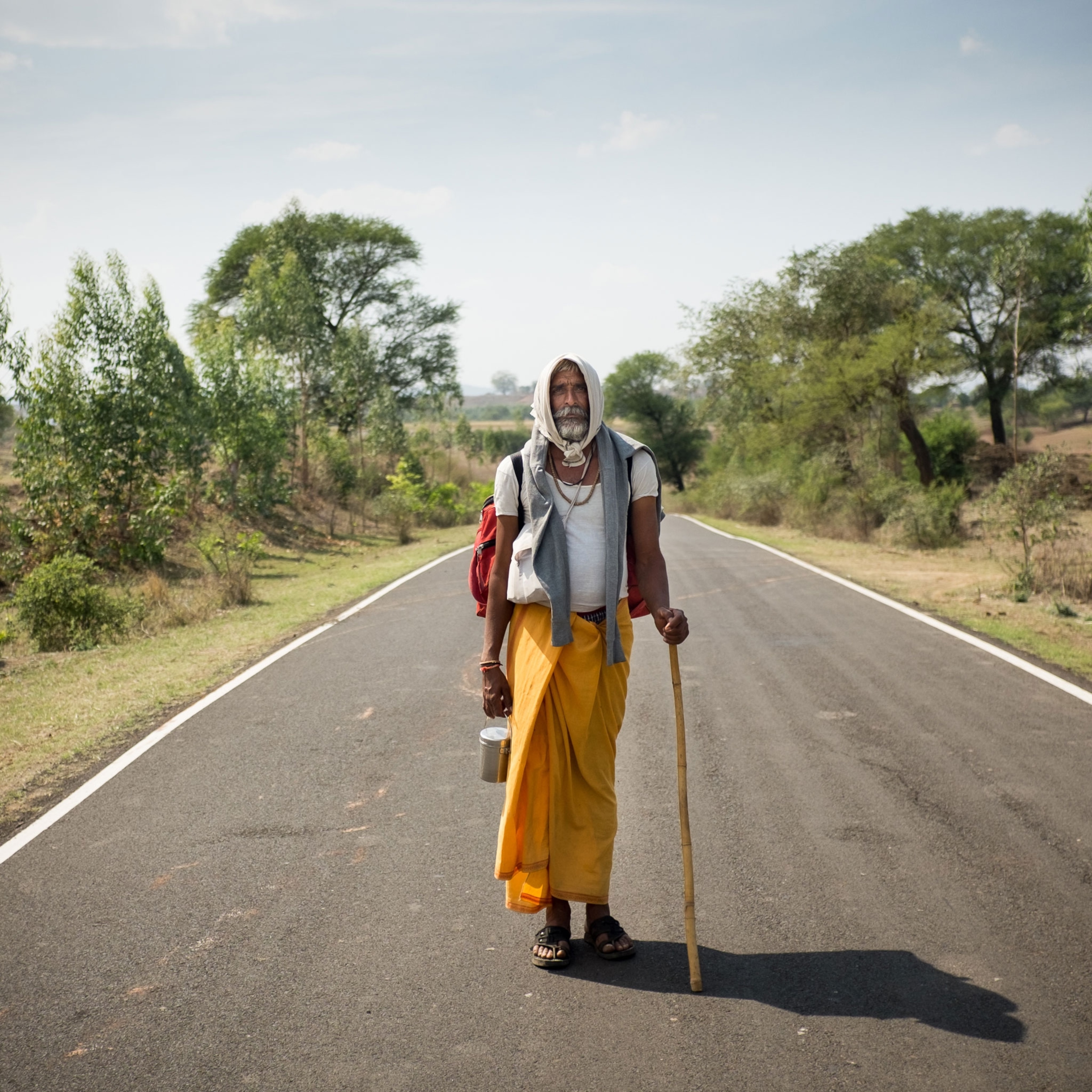
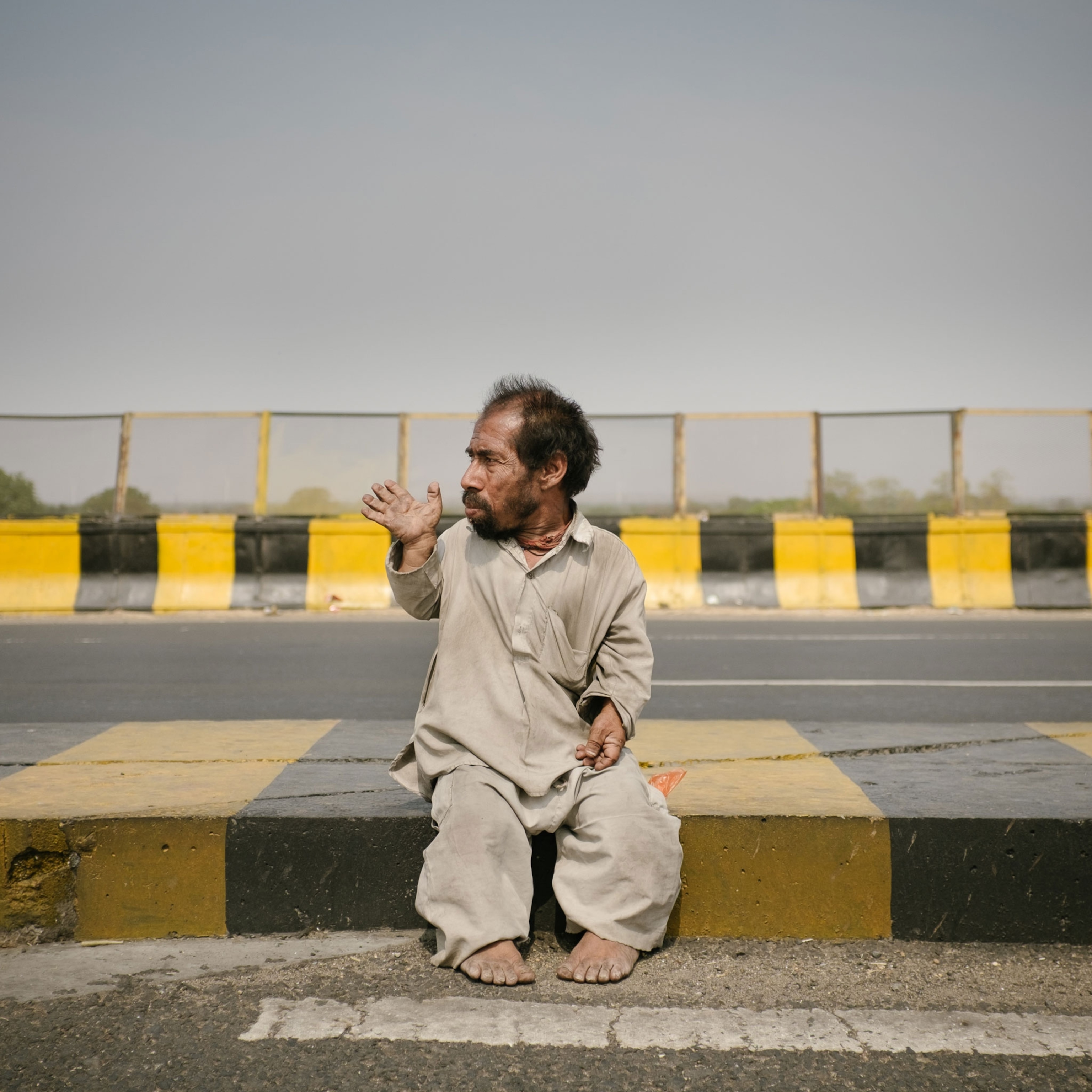
Matthieu Paley recently spent three months driving 6,000-plus miles across India with his wife and young sons in a second-hand van that he tricked out with everything a family of four needs for an extended stay on the road.
"Indian highways never cease to surprise: camel crossings, herds of thousands of goats, cows sleeping in the middle of the road, trucks carrying trucks following trucks. So many trucks," Paley says. "I learned to drive the Indian way and stay cool when, say, a tractor would drive the wrong way on the highway, with full beams on," a safety measure taken by the driver, he adds.
Navigating the highways was an adventure in and of itself, but the people he noticed walking alongside them added a new dimension. Intrigued, he took breaks along the way to ask them their stories (he speaks Hindi). He first shared these impromptu photos of "highway walkers" on Instagram and now shares them on Proof. —Proof Staff
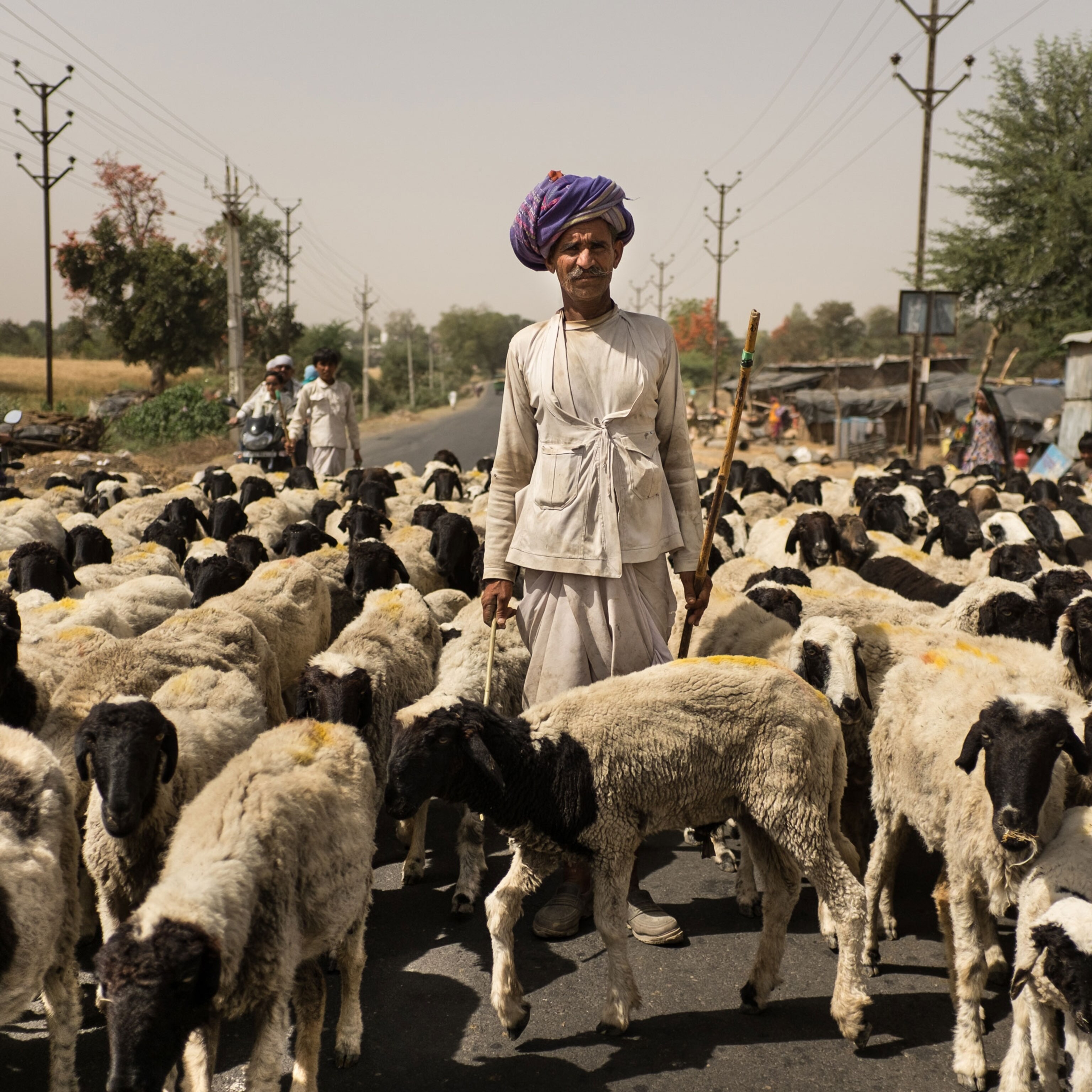
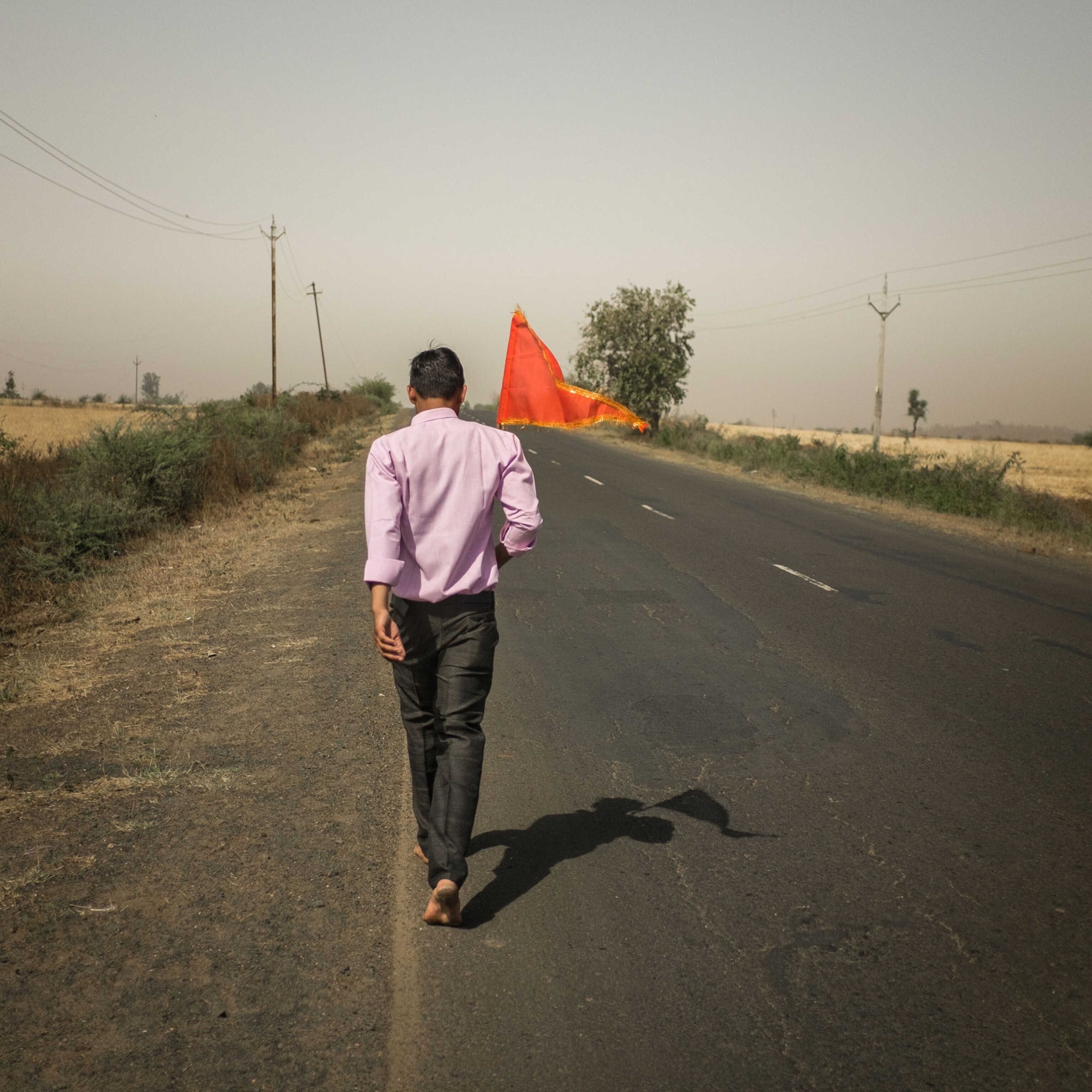
Some of my greatest memories have happened while on monthlong treks. It may have just been the endorphins speaking, but I experienced moments where my life seemed a clear line—I knew where I stood and where I wanted to go.
On a long stretch of highway between Delhi and Maharashtra, I first saw a fleeting figure on the periphery of my vision. It seemed odd … Was someone really walking on the highway? Even in India, it’s not easy to stop on the freeway, so I drove on.
I saw another on the opposite side of the road. At the last second, I veered into the exit lane, reversed the car and asked my family to please wait.
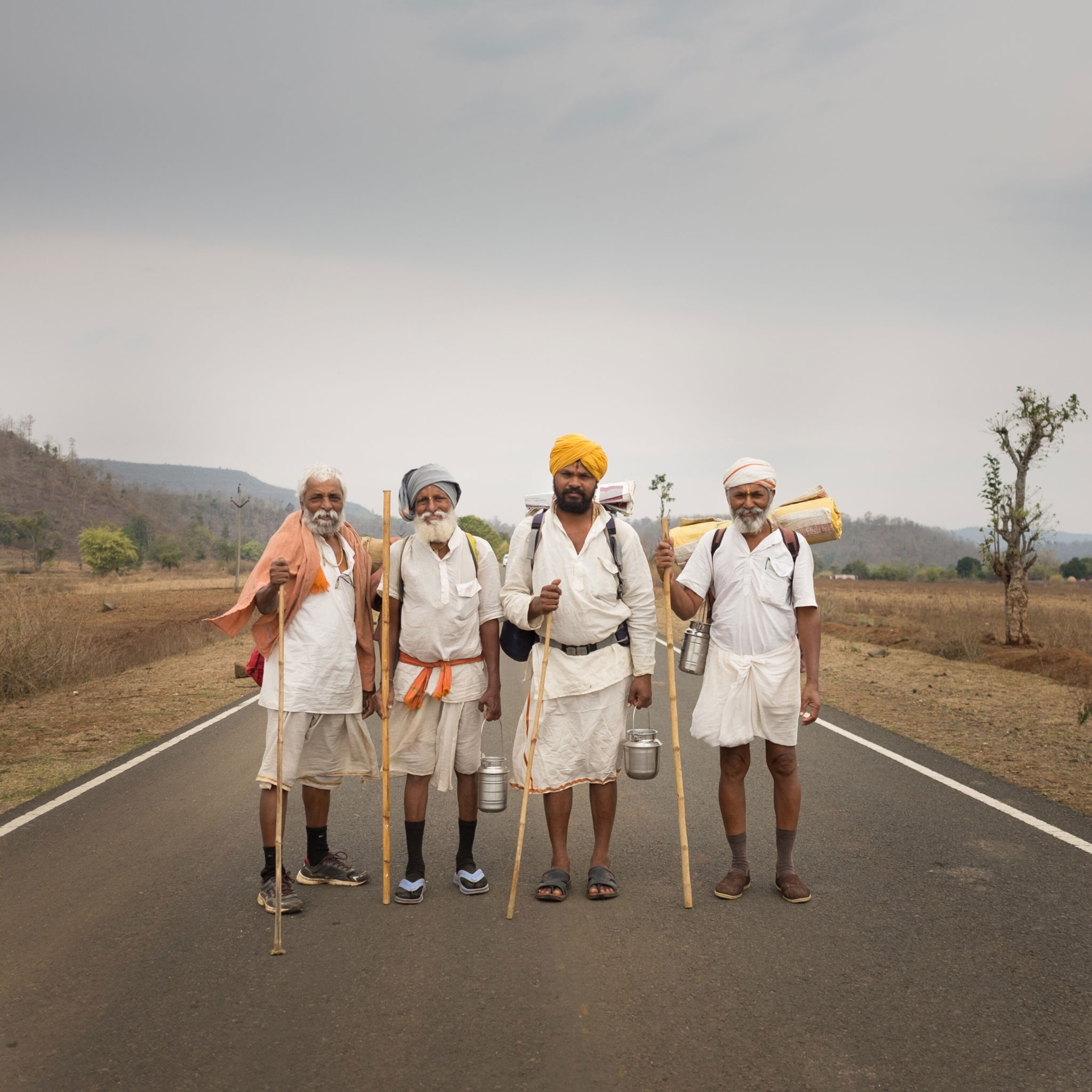
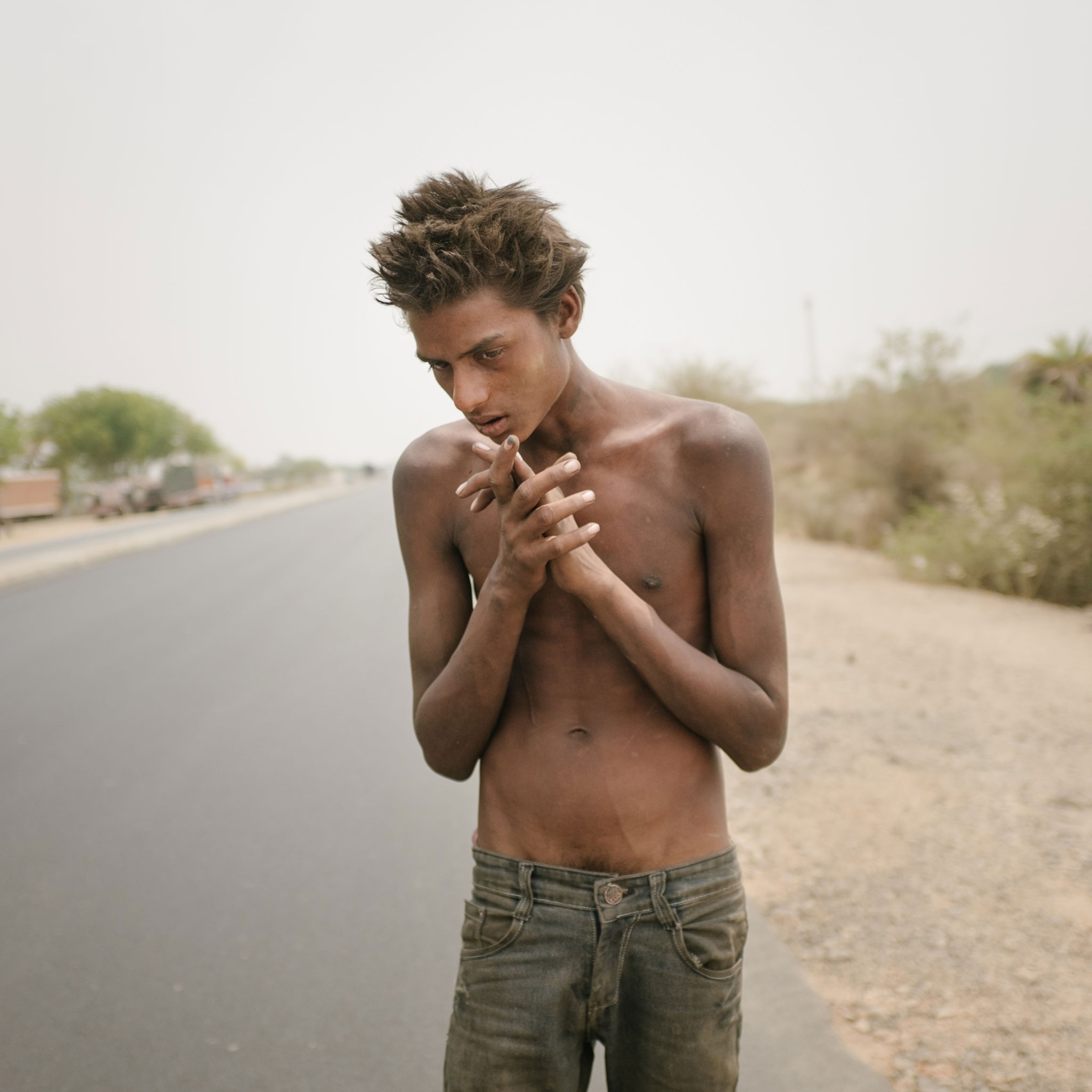
Trucks were speeding by. The heat coming from the highway was intense. The man was covered in blankets, wearing two different shoes. No bag, no water. He had a determined look on his face. "My name is Binod Yasin. I am walking ahead," he said when I introduced myself.
"But Binod is a Hindu name and Yasin is a Muslim name?" I asked, slightly confused at the combination of the two.
"Yes. Does it matter? We are all under one," he replied.
I took a picture and he walked on. What a strange contrast between his enlightened quest and the fresh asphalt below our feet. I was hooked.
Not all encounters were that spiritual. Some walkers were on the road because they had no other choice. When it comes to mental illness, for example, India offers little support and there is great stigma associated with it. Patients of overburdened institutions are sometimes dumped in the forests of India. They eventually end up on the highways. I met such lost souls. And then there were the victims of what I assumed was rape or child abuse, their vulnerability palpable. They were like walking ghosts—no one seemed to notice them.
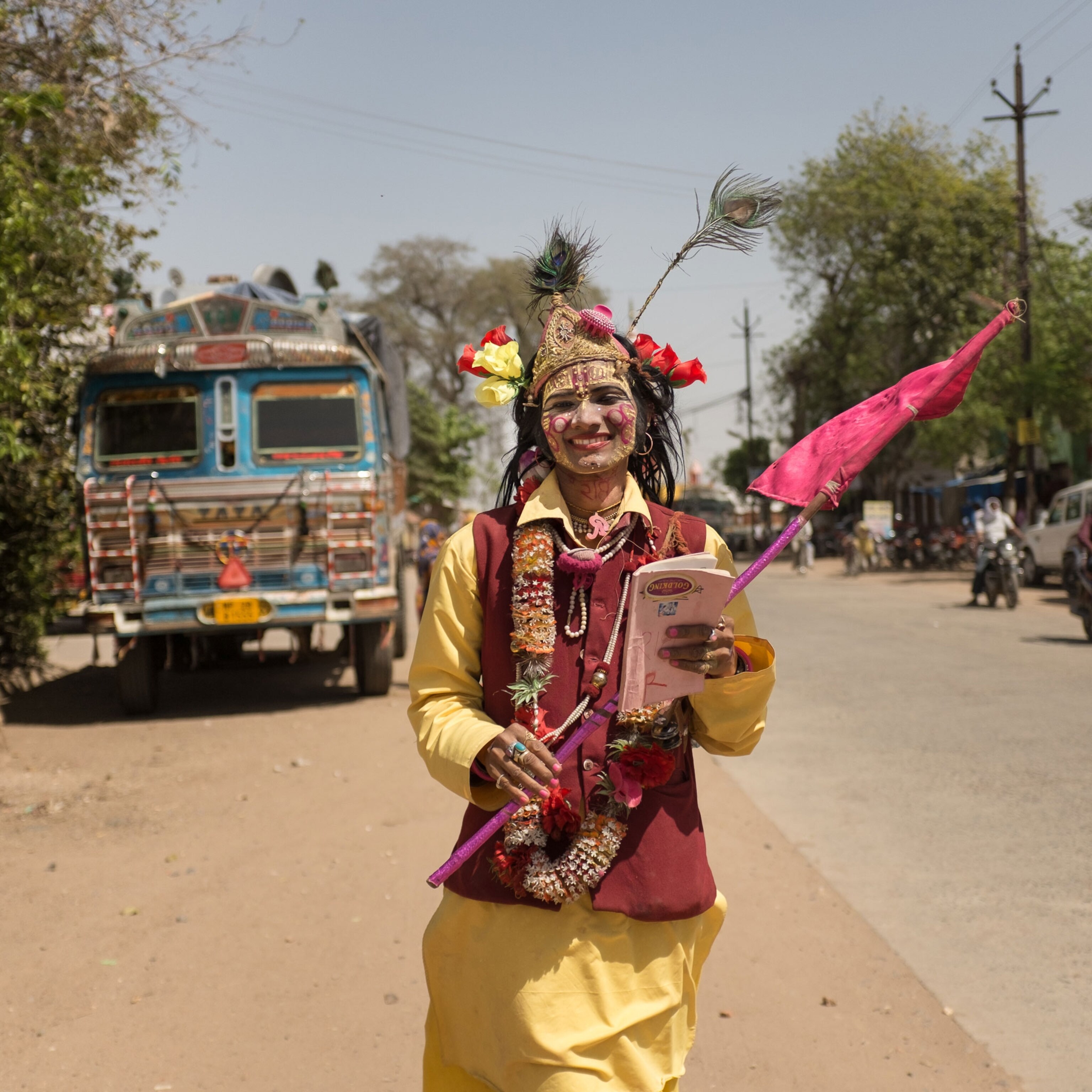
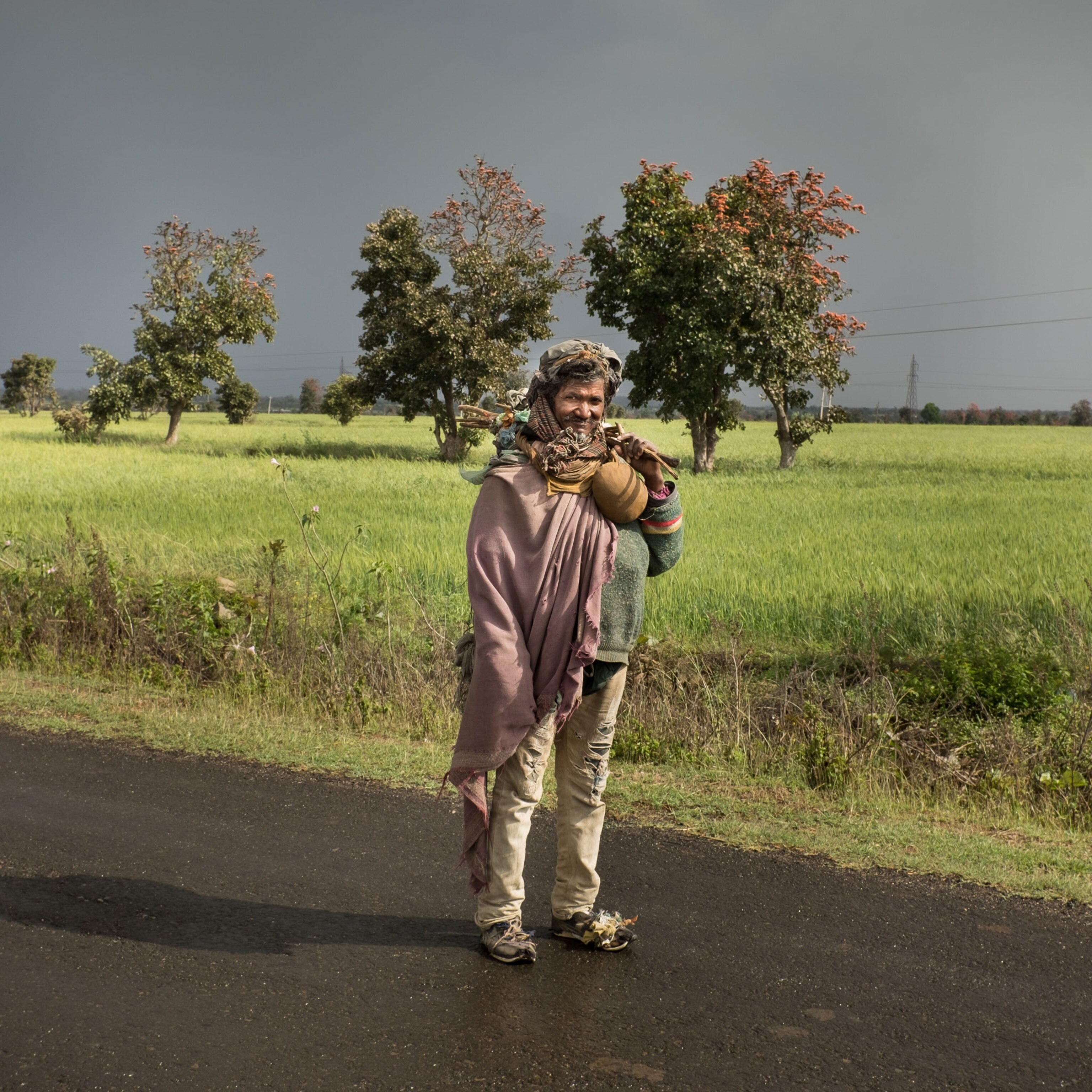
Because of the conditions (the highway, my waiting family, the speeding cars) I couldn’t spend much time with each person. I would try to bring some kind of fleeting comfort but I felt tears inside.
Others walked as a joyous group, bands of brothers and sisters clad in white garments. They were on their way to a temple or on a months long pilgrimage. There was much pride in their eyes. Some walked barefoot—"It’s about dedication, but mostly it helps [with] focusing the mind," they told me.

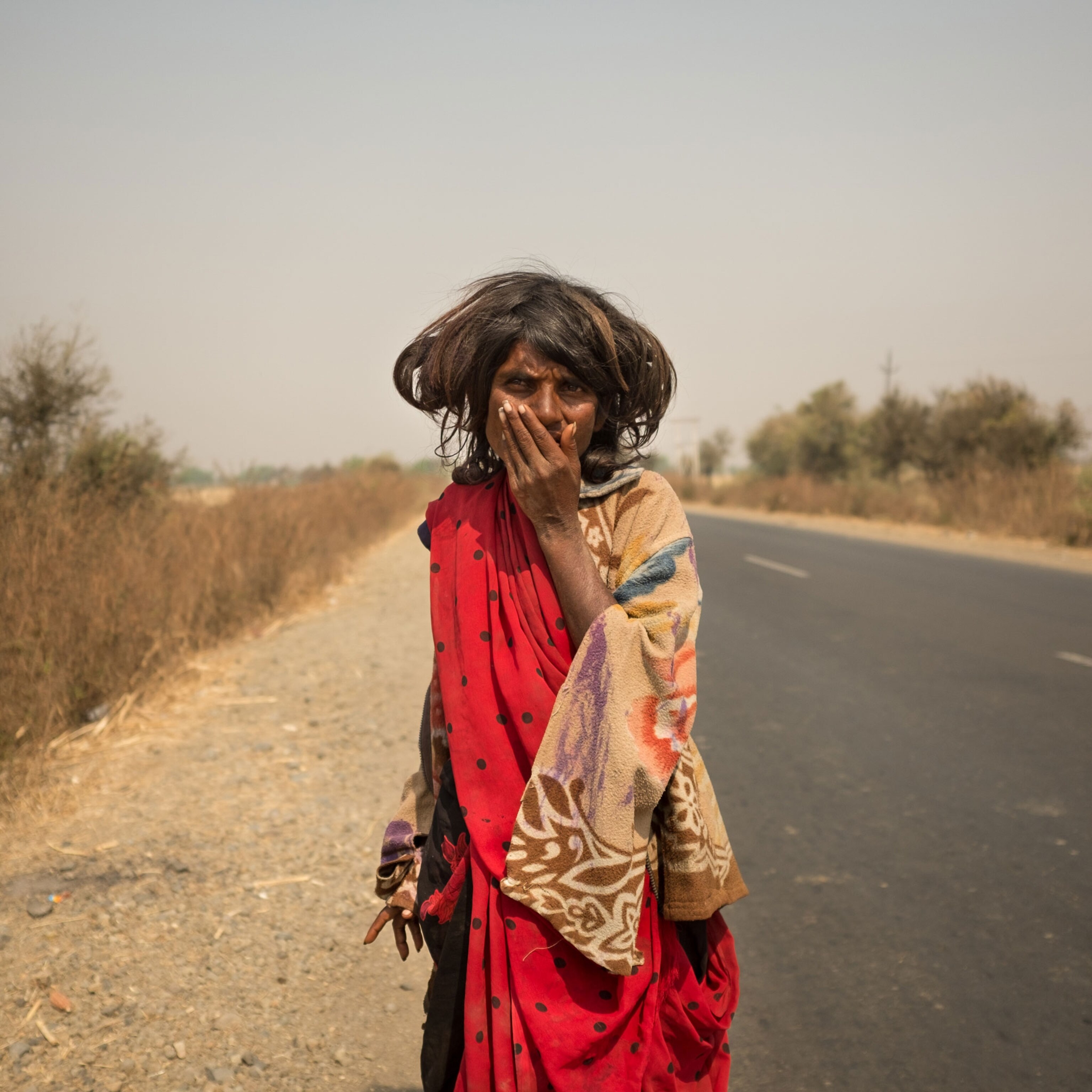
These short encounters were a new window into this vast country—and the ones I found the most meaningful. In between spirit and hardship, these highway walkers showed me a genuine and unexpected side of India. I now look at her with different eyes.
Matthieu Paley is a National Geographic photographer based in Turkey. See more of Paley's work on his website and follow him on Instagram.

